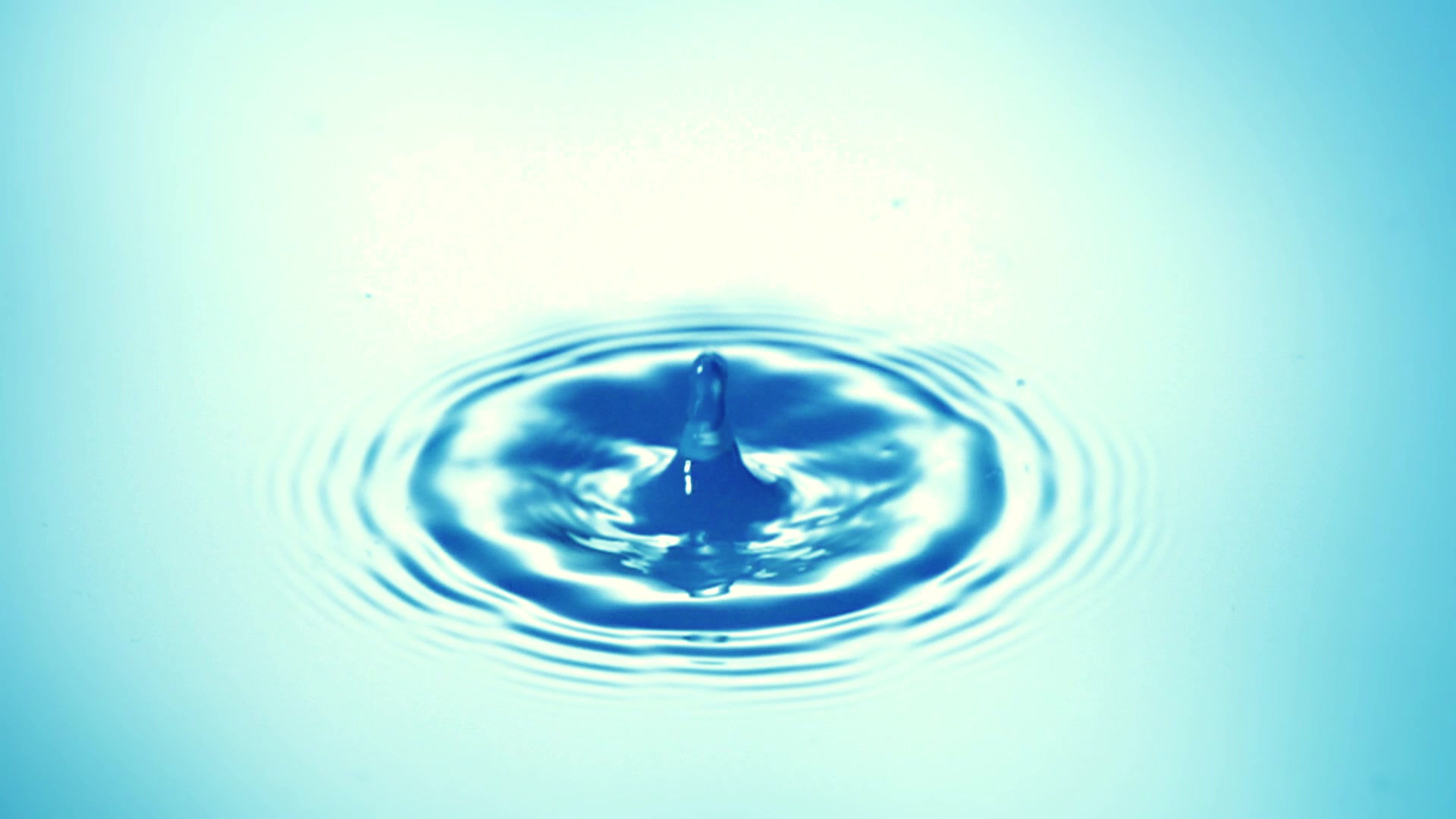Understanding pH and ORP
- Harmony
- May 16, 2018
- 2 min read
What is pH?

pH is a measurement of the acidity or alkalinity of a solution. It provides a value on a scale from 0 to 14 where 7 is neutral, less than 7 is acidic, and greater than 7 is alkaline (or basic). The closer you move towards 0, the more a solution is acidic, and the closer you move to 14, the more a solution is alkaline.
pH is often depicted on a graphical colour scale as shown below:
When talking about water, its pH value is related directly to the ratio of positively charged hydrogen ions [H+] and negatively charged hydroxyl ions [OH-].
When water has an equal concentration of H+ ions and OH- ions, it is said to be neutral (pH=7)
When water has a greater concentration of H+ ions, it is said to be acidic (pH<7)
When a solution has a greater concentration of OH-, it is said to be alkaline (pH>7)
Like the Richter scale that measures the intensity of earthquakes, the pH scale is a logarithmic scale, which means that when the pH increases or decreases by one unit, you change the concentration of H+ ions tenfold. So for example, a solution with a pH of 8.0 is ten times more alkaline than a solution with a pH of 7.0. A solution with a pH of 9.0 is 100 times more alkaline than a solution with a pH of 7.0.
What is ORP?
In the world that surrounds us, we do not see it, but there is a continuous exchange of electrons that takes place between substances in the air, in the earth, in water, and in our bodies. This phenomenon is known as ion exchange.
In an effort to reach a state of stability, substances that are lacking electrons are desperately seeking out electrons wherever they can: these substances are referred to as oxidizing agents. On the contrary, substances which have a surplus of electrons are capable of donating their extra electrons: these substances are referred to as reducing agents, or anti-oxidizing agents.
Oxidation-reduction potential, or ORP, is a measurement that indicates the degree to which a substance is capable of oxidizing or reducing another substance. ORP is measured in millivolts (mv) using an ORP meter.
A positive ORP reading indicates that a substance is an oxidizing agent. The higher the reading, the more oxidizing it is. As such, a substance with an ORP reading of +400 mv is 4 times more oxidizing than a substance with an ORP reading of +100 mv.
A negative ORP reading indicates that a substance is a reducing agent. The lower the reading, the more anti-oxidizing it is. As such, a substance with an ORP reading of -400 mv is 4 times more anti-oxidizing than a substance with an ORP reading of -100 mv.
Most types of water, including tap water and bottled water, are oxidizing agents as their ORP value is positive.
Alkaline ionized water is an anti-oxidizing agent, as it has a negative ORP value and it is able to donate

extra electrons to neutralize the harmful effects of free radicals on the body. Most other types of water are oxidizing agents as their ORP is positive.
The following video explains ORP and shows the ORP level of different kinds of water.








Comments